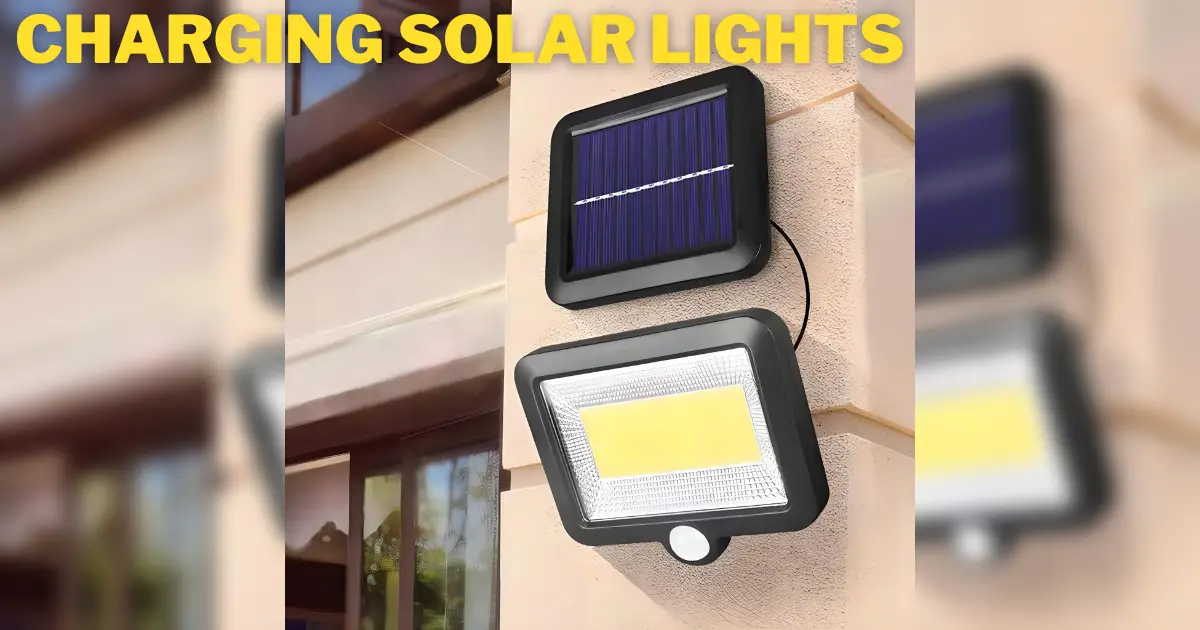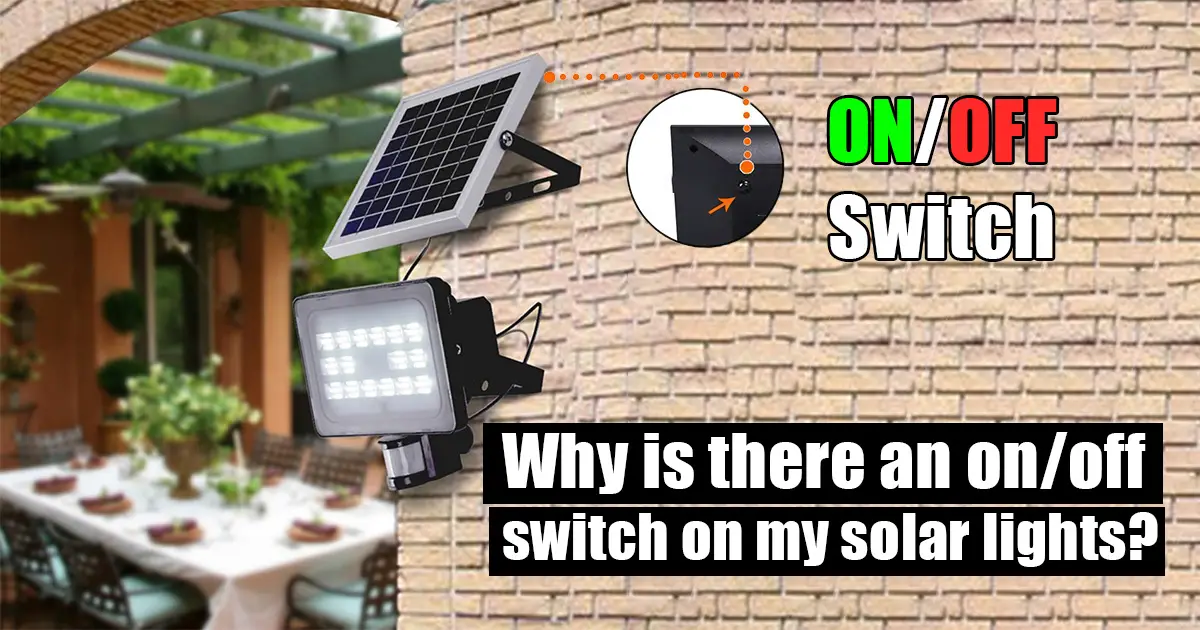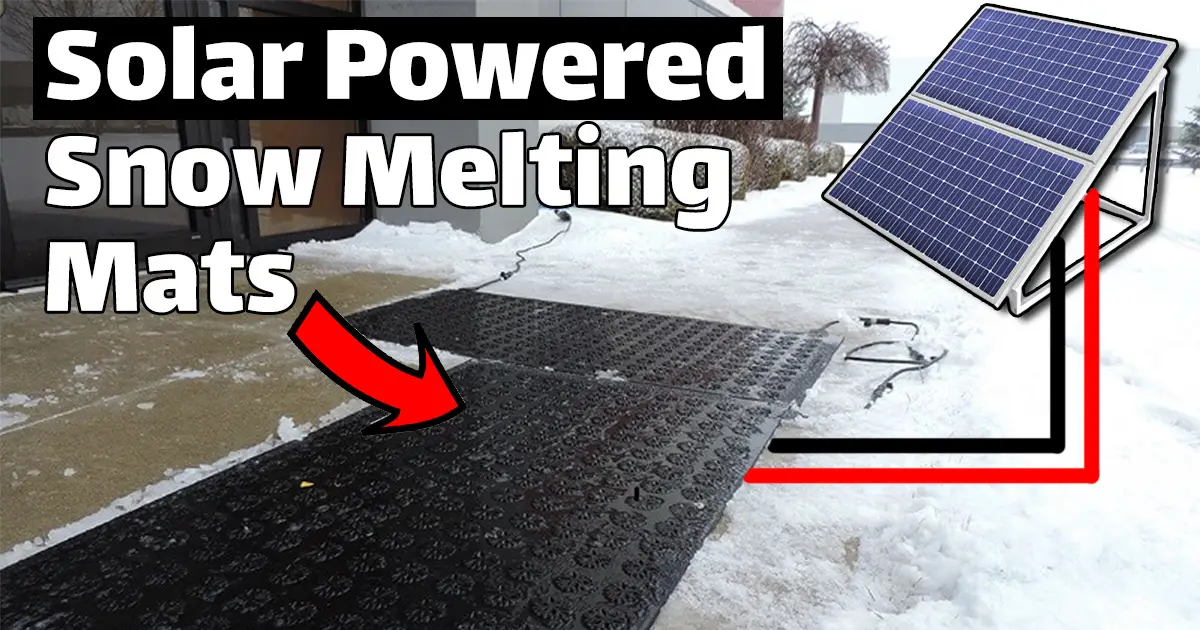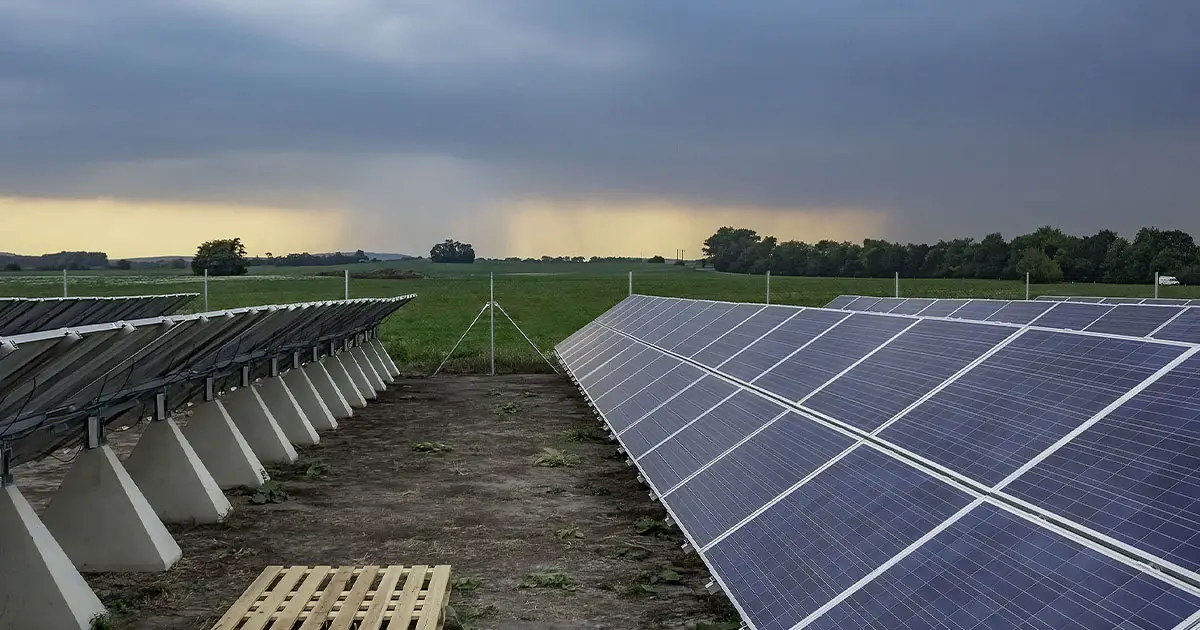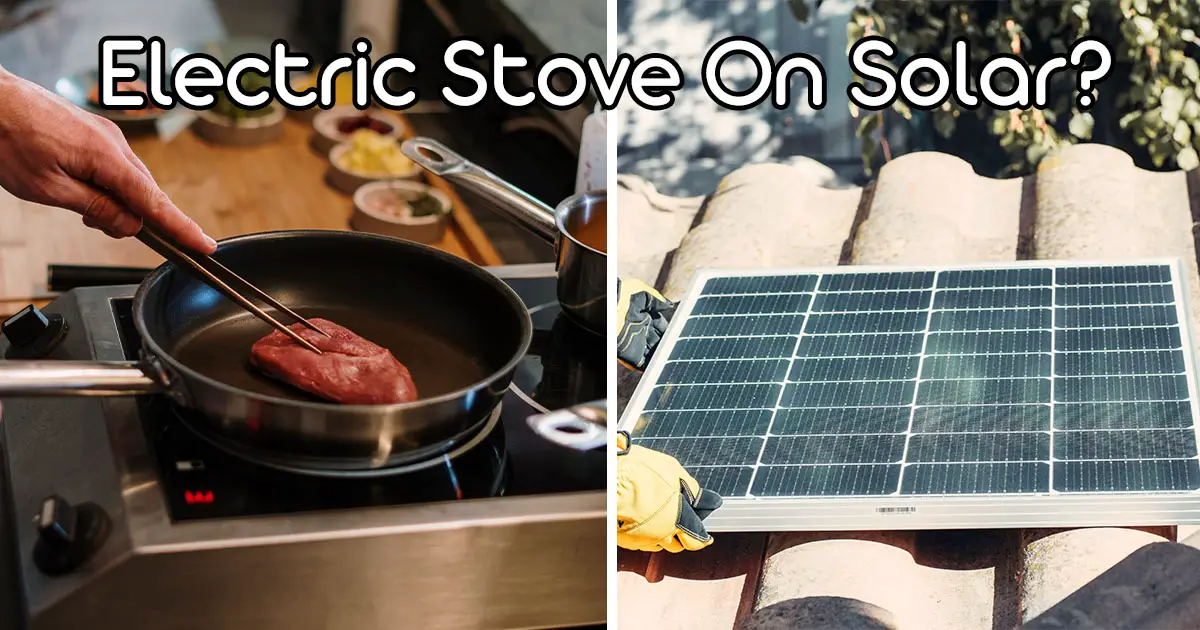Does the sun have to be shining outside to charge solar lights? How can you improve the performance of your solar lights without sunlight; during winter? In this article, We will discuss several practical and smart ways to charge solar lights for the first time.
Sunlight is the ideal charging source for solar lights. Once you’ve set up your solar light, keep it charging in a bright spot where it will get enough direct sunlight. When the device turns on at night without a power source or battery backup, you’ll know it’s fully charged.
How to Charge Solar Lights [Step-By-Step]
Solar landscape lights may be charged in two main ways: by being exposed to sunlight during the day or plugged in during the evening. However, the complete step-by-step guide for charging solar lights for the first time is mentioned below.
- Find a Sunny Area: In the first place, locate a sunny area in your backyard or any other optimal place. Having solar lights toward the sun is essential for optimal performance.
- Unfold the Solar Light: When you’ve settled on a suitable location, unfold the light from its packing. When unfolding the solar panel, please do not bend otherwise; it will be damaged.
- Plug-In Batteries: Open your solar lamp’s protective cover and plug in the batteries. Ensure the battery doesn’t have a little plastic tab preventing charging.
- Activate & Charge Solar Light: As a fourth step, activate your solar-powered lights and let them charge for about 6-12 hours. Okay, That’s All!
Following these instructions, your solar lights will work in no time. Once they have been recharged, you may use them without worry for a very long time.
How to Charge Solar Lights In Multiple Ways
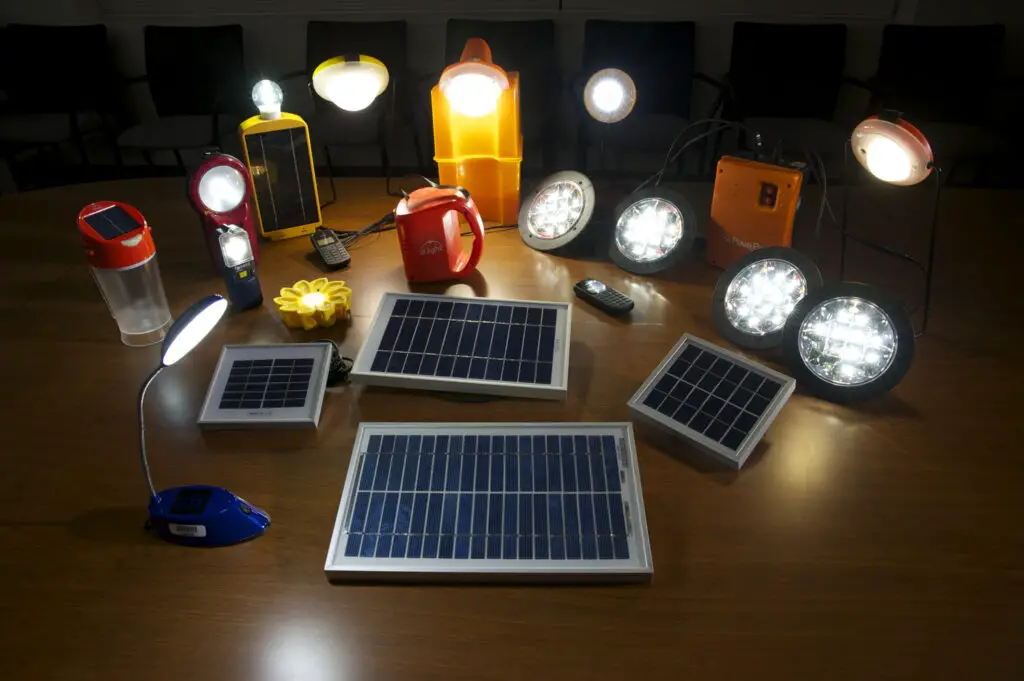
Sunlight is the finest source of energy for powering solar lights. However, if you can’t charge your solar lights in the sun, there are alternative options.
Solar lights may be charged with indirect sunlight, even on cloudy days or in winter weather. Plus, solar lights may be recharged in complete darkness! Let’s see how it works.
- Charge Solar Lights Through Sunlight: Sunlight is the finest energy source for solar-powered landscape lighting. Why? Because the sun is the primary source of lighting. So, the preferred method of charging solar lights is through sunlight.
- Utilize A Solar Power Charger: A solar power charger is a good option when there is less or no sunlight. It can keep your lights powered even when the sun isn’t out.
- Get A USB Cord And Charge Them Up: A USB cable may also charge your landscape lighting. Solar Lights may be charged with the use of a computer. If your solar light has a USB port for charging, plug that end of the cable into it and the other end into a USB port on your computer or even a portable power bank.
- Change Battery Pack: No need to worry about forgetting to charge them, as some landscape lights include an internal built-in battery pack that you could replace with a charged one.
- Use Incandescent Lighting: Incandescent bulbs may charge your solar panel lights. The incandescent light should be held a few inches from the front of the panel. Depending on the wattage of the bulb, the solar light can be charged in as little as 6 hours.
- At Night, Plug Them In: Plugging them in at night will not make a huge difference in brightness, but it is still possible.
- Make Use Of Window For Charging Solar Lights: If your solar lighting is placed inside the house, it may also be charged by placing them near a window. During the day, the sun will charge them.
- Use LED Light Source: An LED light may also be used to charge your solar lights. However, the broader spectrum of LED lighting is preferable.
- Charge Solar Lights With A Flashlight: If you don’t have home electricity, you may use your LED flashlight to power your solar lights. You’ll need to let your solar panel charge for roughly 10 to 12 hours if you use a flashlight.
Note: charging solar light with another light source is an inefficient method. You should always seek to charge them with sun or direct electrical power.
How to Charge Solar Lights in Winter More Effectively

Here are some things you can do to make your solar lights perform better during severe winter conditions.
- Clear any particles of snow or dust off the solar panels. Use a microfiber cloth dampened with clean water to wipe off the solar panel surface.
- Shift the inclination of the solar panel to absorb more sunlight. Make sure the solar panels are angled toward the sun, particularly in the winter.
- Use a mirror to reflect sunlight onto your solar panels. Instead of placing it directly above the solar panel, set up the mirror at a 45-degree angle from the ground.
- Put your solar light into storage mode for 72 hours by turning it off. Deep charging the battery once or twice a month will keep your solar batteries functioning at peak efficiency.
Solar Light Troubleshooting Tips
There are a few possible explanations for why your solar light isn’t working. Most often, these factors are:
A Lack of Sunlight
For the solar panel to charge effectively, it must be exposed to direct sunlight. That’s why it has to be exposed to sunlight for at least six hours a day. Avoid positioning the solar panels where they will be shaded by nearby trees or buildings.
Damaged or Dirty Solar Panels
Solar panels work best when exposed to sunshine, so wipe them out with a damp cloth and mild soap every so often to keep them in tip-top shape.
The solar panel will not function properly if it cannot absorb enough sunlight due to filth and dust buildup. Moving your solar lights around until you reach a spot where trees or bushes won’t cast a shadow won’t help if they are covered with dust.
A Faulty Battery
A faulty solar battery can also be the reason why your solar panel is not working. Be sure that all batteries in the solar light are getting charged every time and that they are placed correctly. The solar battery must be fully charged for newly installed solar lights to perform at their best.
Conclusion
And there you have it! As you can see, there are various options for keeping your solar lights charged when the sun isn’t out. Charging solar lights may appear to be a complicated process, but following these steps will make it easy.
Put your solar light where it will get indirect sunlight and charge after installation. Make sure to charge your solar lights for at least 8-16 hours, or 1 or 2 days, in the sun for optimal performance.
FAQ
Can solar lights charge on cloudy days?
Yes! Even though solar panels charge most efficiently when exposed to direct sunshine, some energy is still produced on cloudy days.
Can solar lights charge when turned off?
By shutting off solar-powered lights, you may let the battery charge entirely over many days without using any of the stored power. It is preferred to charge solar lights when they are turned off.

